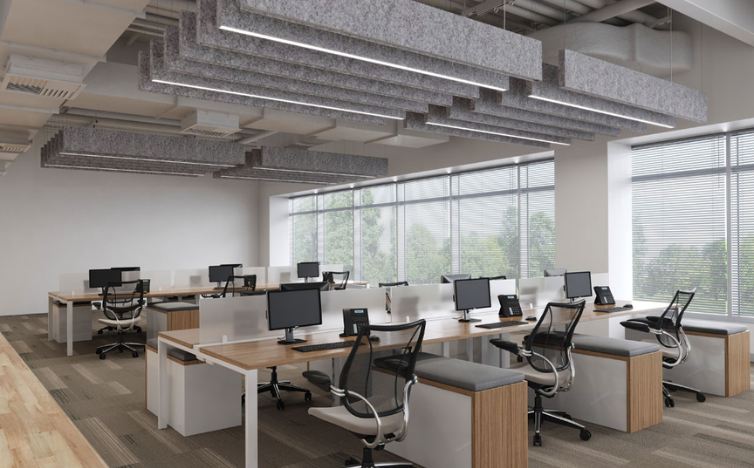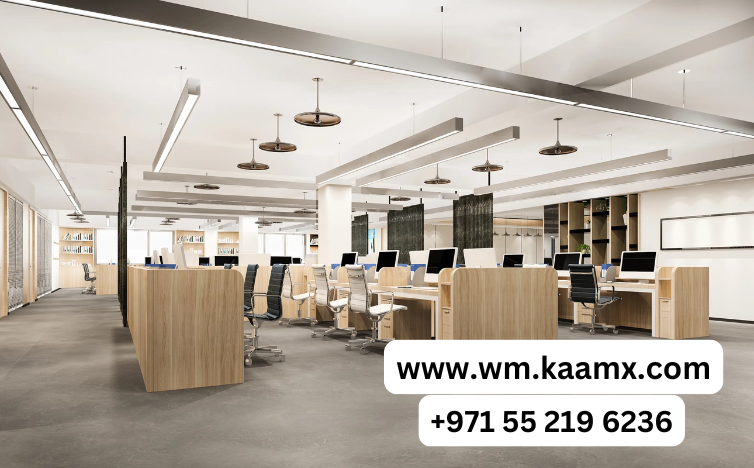Open office spaces have become a popular design choice for modern workplaces, promoting collaboration and flexibility. However, one of the most significant challenges in these environments is managing acoustics. Poor sound management can lead to distractions, reduced productivity, and employee dissatisfaction. This article explores effective strategies to optimize acoustics in open office spaces.
The Challenges of Open Office Acoustics
Open office layouts often lack physical barriers, allowing sound to travel freely. Conversations, phone calls, and office equipment can create a noisy environment, making it difficult for employees to focus. Studies have shown that excessive noise can increase stress levels and decrease overall job satisfaction. Addressing these challenges requires a combination of design, technology, and behavioral strategies.
 Design Solutions for Better Acoustics
Design Solutions for Better Acoustics
- Sound-Absorbing Materials: Incorporate materials like acoustic panels, ceiling tiles, and carpets to absorb sound and reduce echo.
- Strategic Layouts: Arrange workstations to minimize noise interference, such as placing noisy equipment away from quiet zones.
- Dividers and Partitions: Use furniture or glass partitions to create semi-private areas and block sound transmission.
Technological Innovations
Advancements in technology offer additional solutions for managing office acoustics. Sound masking systems emit background noise to mask conversations, while noise-canceling headphones can help employees focus. Smart office designs can also integrate sound sensors to monitor and adjust noise levels in real time.
Behavioral Strategies
Encouraging employees to adopt noise-conscious behaviors can significantly improve acoustics. Simple practices like using meeting rooms for calls, speaking softly, and respecting quiet hours can create a more harmonious work environment.
Contact Muhammad Shaheen Carpentry at 971 55 219 6236, and discover the transformative science of soundproofing for your space.
Conclusion
Optimizing acoustics in open office spaces is essential for fostering productivity and employee well-being. By combining thoughtful design, innovative technology, and mindful behaviors, businesses can create a workspace that balances collaboration and concentration. Investing in sound management not only enhances the work environment but also contributes to long-term organizational success.

